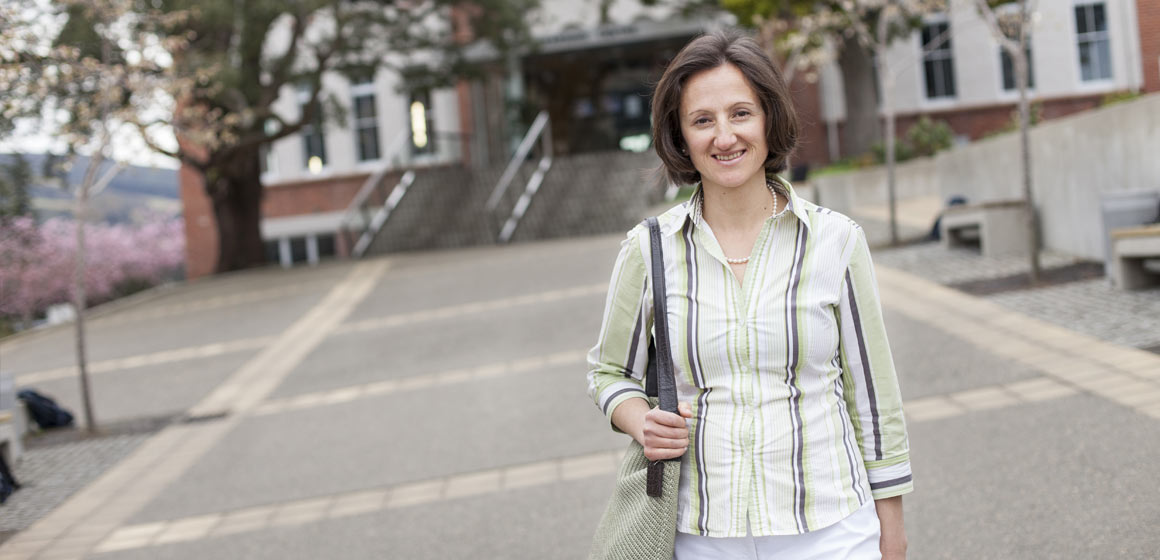 Monday 23 February 2015 12:17pm
Monday 23 February 2015 12:17pmA collaborative project looking at how Dunedin high school pupils get to and from school has produced some concerning preliminary findings about young people's levels of physical activity, nutrition and daily screen time.
A lack of physical activity and sedentary lifestyle in school-age children is a global health problem and is definitely present in New Zealand, says Dr Sandra Mandic, of the School of Physical Education, Sport and Exercise Sciences.
Mandic is team leader for the Built Environment and Active Transport to Schools (BEATS) Study, which is a multisectoral collaboration between academia, secondary schools, the community and the Dunedin City Council (DCC).
The study has three main aims: to understand why students and parents choose certain travel options; to examine the interaction between these travel choices and the built environment, physical activity levels and the weight of the teenagers surveyed; and to identify policies that promote or limit active transport.
“Active transport to school is a convenient way to integrate physical activity into everyday life and maintain or increase physical activity levels, and may also develop into environmentally sustainable travel practices over a lifetime,” says Mandic.
The study, which is co-ordinated by Ashley Mountfort, has achieved a 100 per cent school recruitment rate and will ultimately engage 2,000 students, 1,000 parents, 100 teachers and principals from 12 schools throughout Dunedin. More than 1,000 students have already been surveyed, with three schools remaining.
Preliminary findings from student surveys were released at the BEATS symposium in November 2014, on topics such as the motivations and barriers to walking to school, and generation Y driving behaviours.
“This is a unique and different study. It's not all about the built environment,'' says Mandic. “The study is also looking at the traffic safety in school neighbourhoods for the Dunedin City Council and we are also helping schools find out why students and parents are choosing a particular school.”
The study has already revealed some concerning data about the health and habits of students.
“Out of the students sampled so far, less than one fifth were meeting physical activity or screen time guidelines and only a quarter were meeting fruit and vegetable guidelines. Only about two per cent of students met all three guidelines and over half of students did not meet any. This is self reported so, in reality, the situation is probably even worse.”
The next major phase of the project is the parental survey, for which Mandic has been awarded a Health Research Council (HRC) Emerging Researcher First Grant.
“The HRC funding means a lot to our research team, which is mostly comprised of early- to mid-stage academics. It is very competitive funding to get and, for our team, it felt like an acknowledgement that we are doing high quality research,” she says.
“Eighteen months ago, the study didn't even exist. This has been a journey like we never imagined.”
2014 HRC Emerging Researcher first grants
Funding
- Health Research Council Emerging Researcher First Grant
- National Heart Foundation of New Zealand
- Lottery Health Research
- University of Otago Research Grant
- Dunedin City Council
- School of Physical Education, Sport and Exercise Sciences
